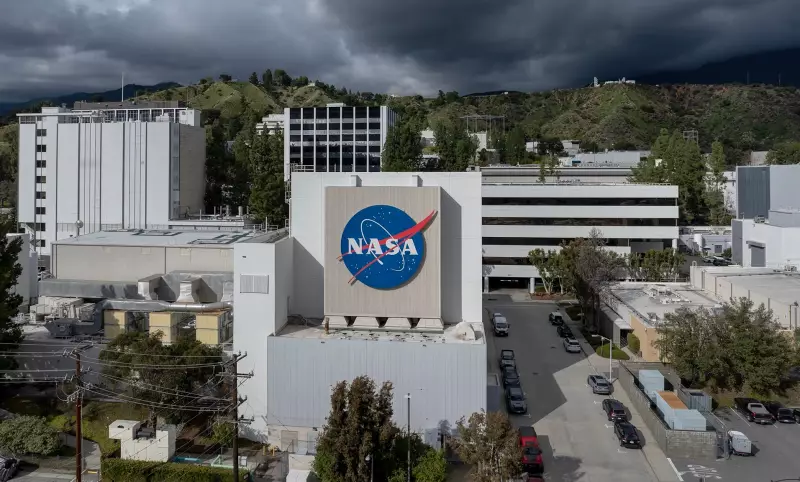
Behind the scenes at NASA, a quiet but urgent scramble is underway. With the ambitious Artemis moon program facing potential delays, the space agency is actively seeking backup plans to ensure America's return to the lunar surface stays on schedule. What's emerging is a fascinating landscape of alternative approaches and bold ideas from the private sector.
The Race for Lunar Alternatives
NASA's Artemis program, designed to return humans to the Moon by 2026, has encountered technical challenges and scheduling pressures. This has prompted the space agency to explore contingency options, opening the door for innovative companies to propose their solutions.
The situation has created an unprecedented opportunity for commercial space entities to demonstrate their capabilities beyond just supplying hardware. Companies are now pitching complete alternative mission architectures that could serve as viable backups if primary plans falter.
Wild Ideas Taking Flight
Among the proposals flooding NASA's evaluation teams are concepts that would have been considered science fiction just a decade ago. Private companies are suggesting everything from modified commercial landers to entirely new launch and landing systems that could accelerate the timeline for reaching the lunar surface.
These aren't just paper concepts either. Several companies have developed working prototypes and conducted extensive testing, positioning themselves as ready alternatives should NASA need to pivot from its current trajectory.
The Commercial Space Revolution Intensifies
This development marks a significant shift in how NASA approaches major exploration goals. Rather than relying solely on traditional contractors, the agency is increasingly looking to the commercial sector for both primary and backup solutions. This approach provides flexibility and introduces competitive innovation into the space program.
The diversity of proposals reflects the growing maturity of the commercial space industry, with companies now capable of offering end-to-end mission solutions rather than just individual components.
What This Means for Moon Exploration
NASA's willingness to consider multiple paths to the Moon represents a strategic evolution in space exploration planning. By maintaining parallel development tracks and evaluating backup options, the agency increases its chances of success while potentially accelerating the overall timeline.
The companies involved range from established aerospace giants to nimble startups, each bringing unique perspectives and technological approaches to the challenge of lunar access.
As one industry insider noted, this could be the moment when commercial space truly proves its capability to handle complex deep space missions, not just satellite launches and space station resupply.
The coming months will be critical as NASA evaluates these proposals and determines which, if any, will receive funding and official backup status in the Artemis program.





